Free resources for app creators
5 Common Kickstarter Approaches to Create Your App
In the current ‘ ap-economy’, where everyone either has or is developing an app that is ‘the next BIG THING”, it is helpful to understand some of the most common ways to get started on the journey.
The following are five different approaches to getting your app idea kick-started.
Learn to Code
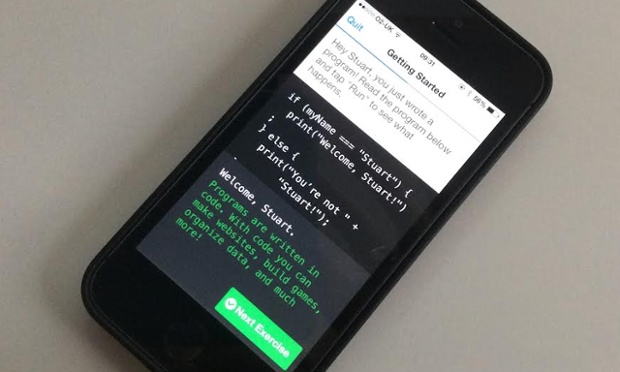 Yes, you heard it right, it’s not every app company that will encourage you to go a learn how to code an app yourself.
Yes, you heard it right, it’s not every app company that will encourage you to go a learn how to code an app yourself.
You can learn the art of coding through platforms like Udemy, Codecademy and get started with your relatively simple app idea.
Although this is a time-consuming method we’d have to agree it’s the best path to take if possible as nobody knows your app better than you.for those with much time on their hands, but no funds.
This strategy, however is for those with a lot time on their hands, but no funds.
Explore the DIY Platforms
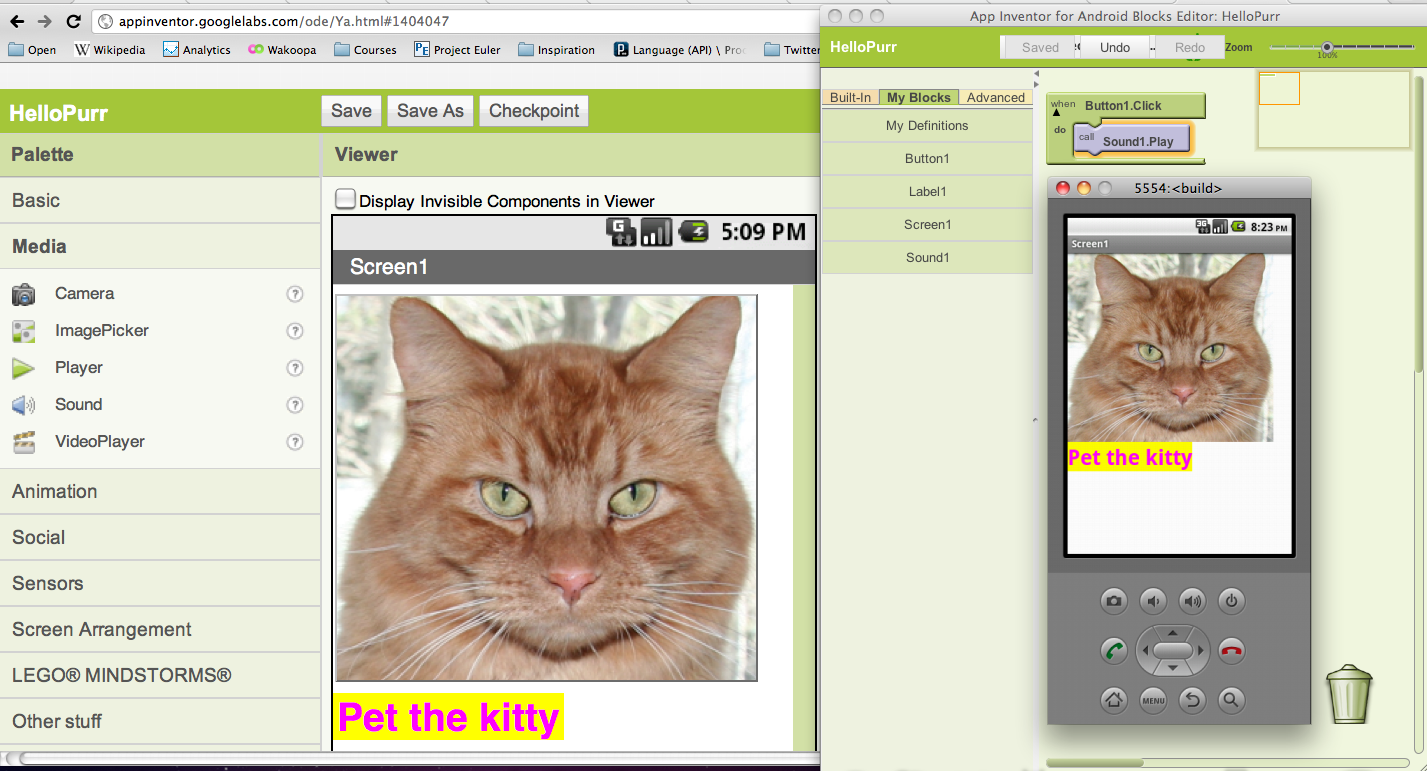 Are you looking to build a standard app with no sophisticated features but don’t want to learn how hardcore coding and are hindered by a lack of investment?
Are you looking to build a standard app with no sophisticated features but don’t want to learn how hardcore coding and are hindered by a lack of investment?
DIY tools like Appmakr, Appsme, and AppInventor may just be the right thing for you.
These tools make use of pre-built templates to quickly and easily create your app. Even better, many of them do not charge for using the service.
Build a Virtual Team
In this scenario, you are the project manager and you build your team of developers, architects, UX designers, CX analysts and testers through outsource platforms.
 A number of websites like Upwork.com, Freelancer.com and Guru.com provide easy access to a large pool of app developers from across the world.
A number of websites like Upwork.com, Freelancer.com and Guru.com provide easy access to a large pool of app developers from across the world.
There is an obvious cost advantage to this. The main challenge being you had better be a good project manager as the buck stops with you.
Coordinating resources around the world will take more time and effort than you might originally think – especially if this is your first time doing it.
BYOT:Build Your Own Team
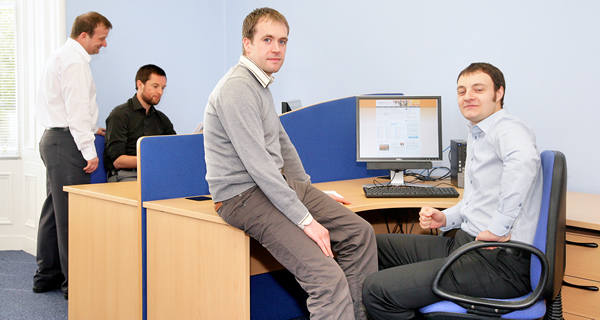 If you are really confident about the global success of your app idea – you are convinced you to have the next Uber or AirBnB – then you may seek investment and build up your own development team and management structure.
If you are really confident about the global success of your app idea – you are convinced you to have the next Uber or AirBnB – then you may seek investment and build up your own development team and management structure.
This approach is only for the brave and typically for those who have been down this path before, know how to raise millions in investment and know what they are doing.
Find a Development Partner
An experienced app development firm, which can act as your development partner, can provide the right mix to help you get your app from the idea stage to the profitability stage.
 Entrepreneurs looking for holistic support must perform a due diligence before partnering with an app development firm.
Entrepreneurs looking for holistic support must perform a due diligence before partnering with an app development firm.
This helps to obtain the highest level of quality, reliability and promptness in their app experience. This approach is for entrepreneurs who have a budget to get the project off the ground and typically is suited to those who are still performing a ‘day job’, while app development is happening in parallel.
This approach is for entrepreneurs who have a budget to get the project off the ground and typically is suited to those who are still performing a ‘day job’, while app development is happening in parallel.
Ultimately, the best app kickstarter approach depends really on the resources you have – time, skills and money. So, where will you start your App journey?
If you’d like to share your app idea with one of our app team call us today on 1300 781 794
Sticky Apps: Decoding the Habit Loop to Ensure App Success
Did you know that the concept of brushing your teeth daily wasn’t the norm until the 1900’s?
 Claude Hopkins, an American marketer with a reputation for turning previously unknown products into household names, was one of the first to leverage the power of people’s personal habits. Claude’s challenge was to get people to use more Pepsodent, a brand of toothpaste, to ensure the product’s success. Many app creators face a similar challenge in ensuring their app’s acceptance and success in the market.
Claude Hopkins, an American marketer with a reputation for turning previously unknown products into household names, was one of the first to leverage the power of people’s personal habits. Claude’s challenge was to get people to use more Pepsodent, a brand of toothpaste, to ensure the product’s success. Many app creators face a similar challenge in ensuring their app’s acceptance and success in the market.
Enter the Habit Loop. So what is a habit loop? A habit is made of 3 main components; cue, routine and reward. A cue is like a trigger which fires a specific behaviour. The behaviour is an automatic routine that a person is often times not even aware they are doing, which is initiated by the cue. The routine results in a reward, which acts to strengthen the entire habit loop: cue, routine and reward. Most people, when they think about habits, focus on the behaviour or the routine they want to alter. Researchers found that in order to create or change a behaviour you need to focus on the cue and the reward. So how did Claude use this knowledge to help create the everyday habit of brushing your teeth?
Claude created a cue that was always there but no one had really realised it; the cue was the film that you feel on your teeth after not brushing for a day or so. For centuries people had lived with that film and no one ever minded it. That was until Claude reframed what ‘tooth film’ meant for people, through a marketing campaign focusing on the negative feelings of ‘film on your teeth’.

Now, how can you apply the same idea to your app and make it a habit for your users?
Researchers from Stanford have identified that products like Facebook, Quora and other successful apps contain the habit loop elements in their product design.
The evidence, based on a number of users and user habits related to these apps, to say that their app creators have successfully embedded the habit loop into their product.
Let’s take Quora for example. It is a billion dollar company with hundreds of thousands of active users.
Cue: The cues are the weekly newsletters and notifications when someone asks a question. The internal trigger is usually boredom or a need for knowledge. Quora makes it extremely easy to log you in, in fact, you’re never logged out. When you click a link in their email, it goes straight to your account even if you are logged out.
Routine: Once you’re in, you get to infinitely scroll and find answers of all kinds from all topics. You start to interact by answering or asking questions.
Reward: By posting comments, questions and answers you’re building up your profile. You get a good feeling and you gain Quora credits, or you simply get that great feeling of obtaining an answer to something you didn’t know a minute ago.

Once you are in, infinite scrolling through news and photos becomes the routine. New friends, staying ‘in the loop’, private messages and largely social connection are the rewards the user gets by using the app.
So, what is the cue , routine and reward for your app ? How can you make your app a habit?
If you’d like to book a 90-minute workshop with one of our app developers to share your app idea simply call us today on 1300 781 794
Why Mobile First Web Design?
Responsive design is a widely accepted strategy for those looking to maximise their website’s exposure to users across multiple browsers and devices.
Mobile use is constantly on the rise with Australia’s becoming more likely to ditch the landline and home internet and instead rely solely on mobile devices.
The number of people in Australia with no landline at all to provide phone or the internet has more than doubled in only 4 years.
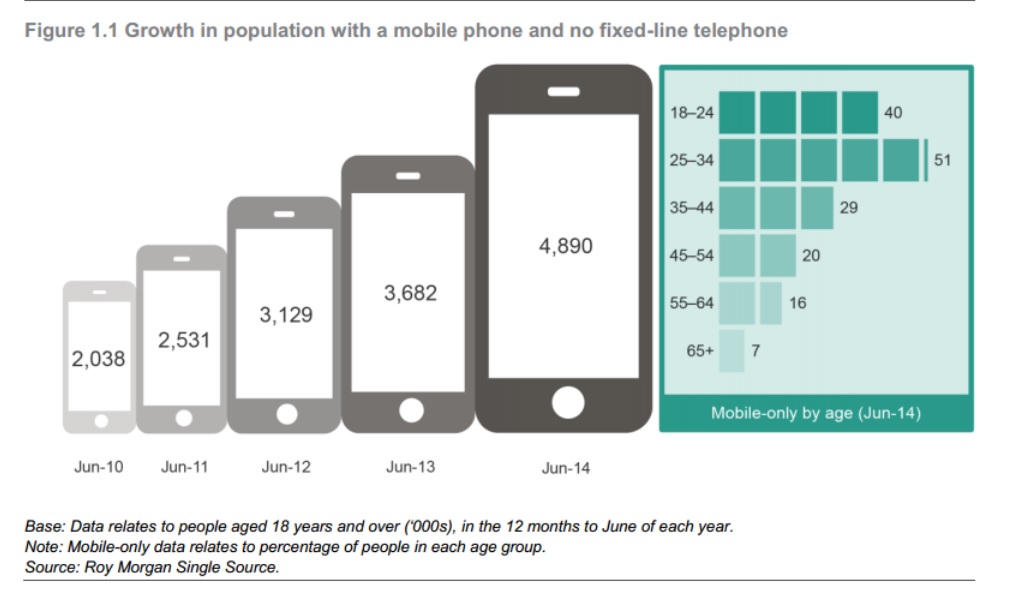
Mobile App’s are quickly becoming the direction where business is going, but we encourage start-up businesses to build scalable app’s, the same way you might start a business.
McDonalds didn’t build 35,000 million stores and then opened up its doors, it started with one… and perfected it.
Uber didn’t have drivers in every country before it went live, it merely started with 3 cars in New York.
Test the Market the market with a Minimal Viable Product first, test the market, learn from it and build on what was successful.
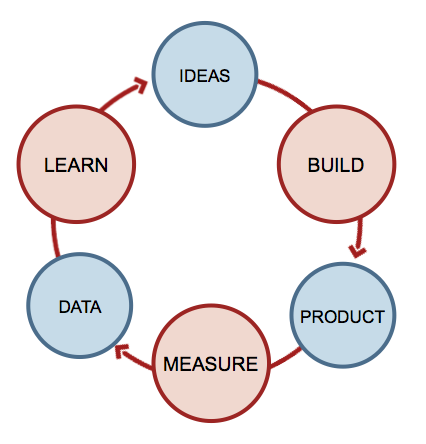
If this mobile-first version of your app works, it shows there is a demand for your business idea and a mobile app would be a better way to move forward.
So… How Does a Mobile First Website Work?
Naturally, when you design for a platform, you want to take advantage of what that platform has to offer and maximise the ‘wow factor’ of the design. However, this can lead to issues when you’ve designed to include functionality which doesn’t scale well between platforms.
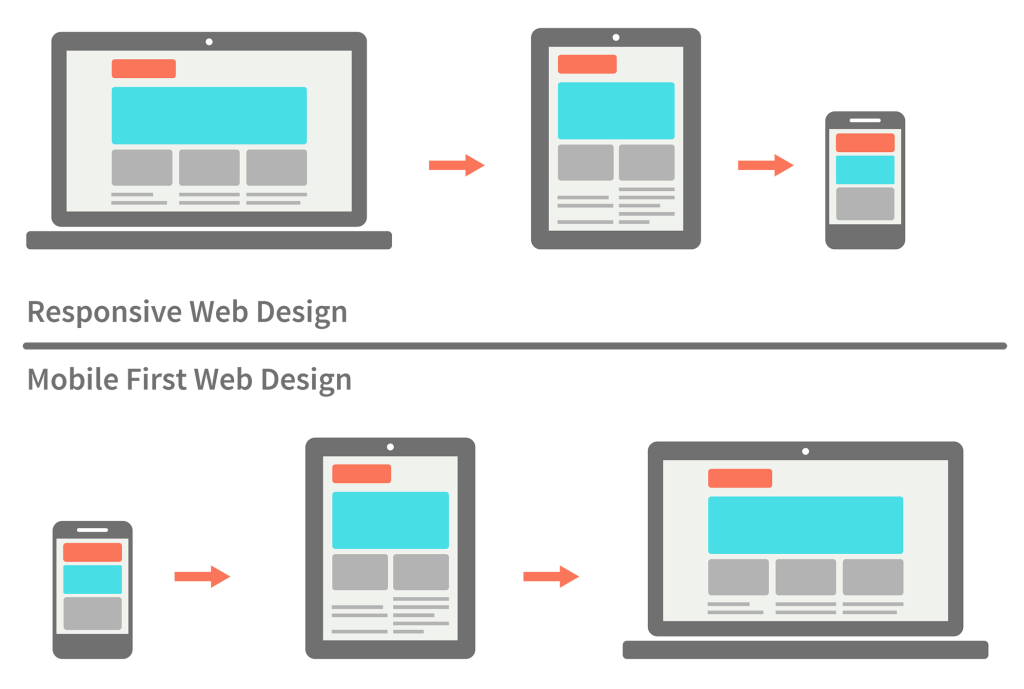
If we take top menu navigation as an example, ‘on hover’ drop down menu functionality works brilliantly on desktop machines where the user has access to a mouse, but how does this translate to mobiles, tablets or touch screen PCs where hover effects are not supported?
When approaching responsive design it is small factors like this that have made it a minefield, but what is the solution?
Responsive design is built around the concept of media queries targeting different devices and viewport sizes and this plays into the hands of progressive enhancement as you would design for the smallest size first and enhance your design for the larger devices. This is what the mobile first approach advocates and an increasing majority of the web industry have started adopting this approach. There are also frontend frameworks such as bootstrap have been rewritten to take advantage of this approach.
Are there downsides to the Mobile First Approach?
The first thing to say here is that doing mobile first is neither easy nor is it fun. Responsive design is tricky at the best of times when you’re designing one website for multiple viewports but this does typically allow a designer to explore more options and find the best fit for each device.
When designing from a mobile first approach, you instantly find yourself challenged by constraints and although I’m not a designer I can appreciate that being told/realising that you are limited in what you are able/allowed to do is not a fun place to be in.
For the seasoned designer who is used to designing for desktop first and using this design to scale down, designing mobile first is a large shift in direction and sometimes that change can extend the design process whilst you are still adapting.
Looking objectively at the mobile first approach it is definitely a mixed bag which is very different to how designs were traditionally created. But it serves to highlight and reinforce certain principles which in my opinion has been somewhat lost in the web.
By utilising a mobile first approach, you are forced to examine your website/project with only its bare essentials and prioritise the content. Also, by considering mobile devices first you are able to reduce load times as you load in only the elements required for that device, as opposed to loading in the bloat that is often associated with responsive design. And this can be really important as Google takes page speed into account for their search rankings.
Ultimately the mobile first approach aims to give all your users a consistent experience across multiple platforms and the benefits are there for everyone to see as large companies like Google have also adopted this approach.
How does it help with building an app?
The design of an app ie. what it’s screens look like, it’s buttons look like, animations, etc. greatly impact the cost. This cost will be dramatically reduced by leveraging off a successful mobile-first website to an app because any buttons, designs, etc. would have been designed for the mobile-first website. This fact reduces development time and saves businesses money.
The benefit for your business, however, is the ability to build a platform which you can use on your customer base to determine if your business model is successful before developing an app to ensure it’s success.
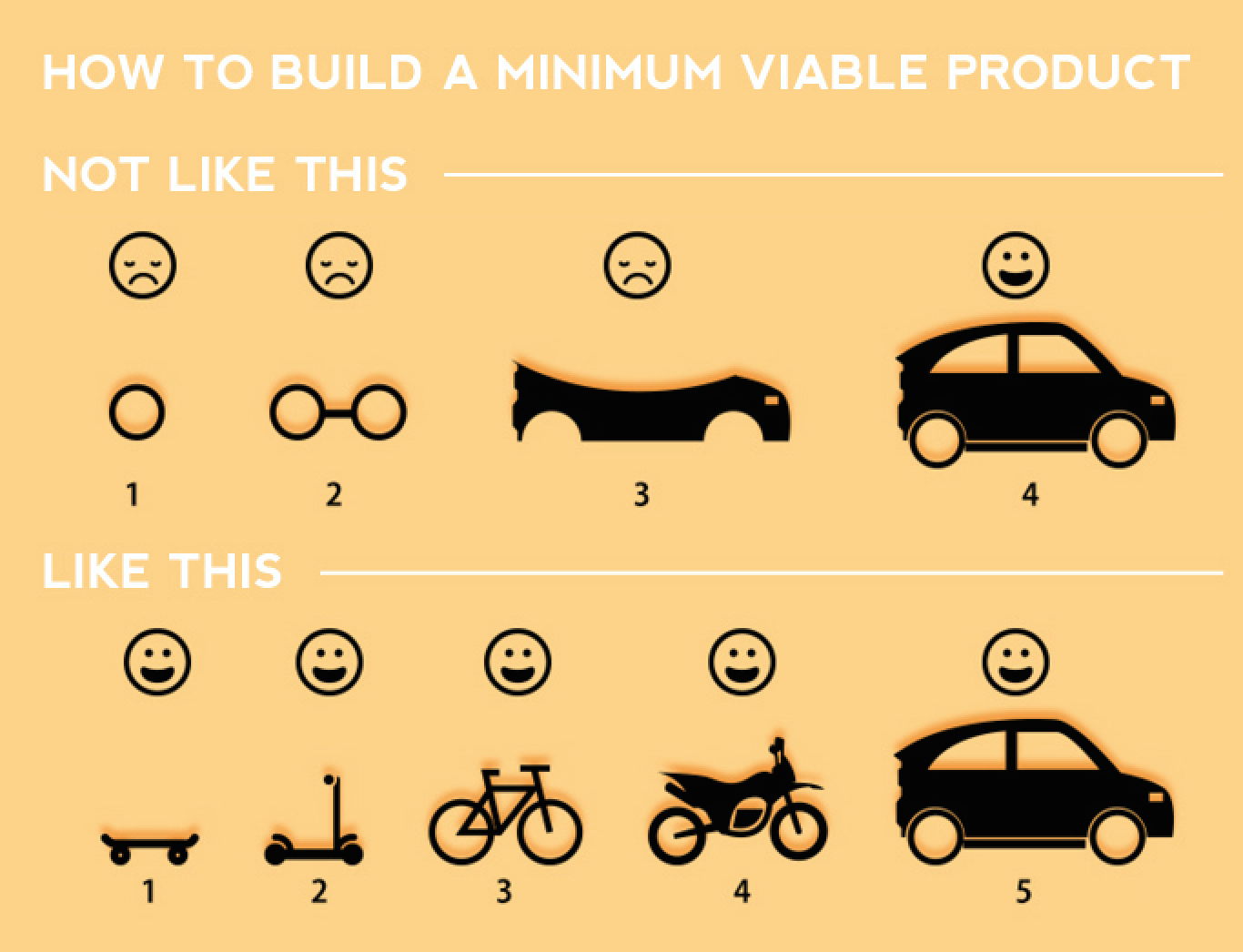
If you’d like to share your app idea with one of our team members who understands lean startup models and discuss how a mobile-first website might be a good transition into your app call us today on 1300 781 794
What drives the cost of app development?
How to know if you are not paying too much?
One common question that is asked to all app developers is “How much does it cost to build an app?”
Quite obviously, learning about the various factors that drive the cost of app development enables you to determine where best to invest your money. It avoids unpleasant surprises down the road and allows you to run your project within budget.
Read on to get a clear picture of the various costs involved in app development.
Complexity and Size of your app
To determine the complexity and size of your project, ask yourself the following queries.
- How many platforms will the app work on?
- How advanced are the functions and features of the app?
- How many user types interact with the app and the system?
- How much integration is required with device features, like GPS or cameras?
- How much integration is required with 3rd-party systems?
- How much animation or graphic design is required?
- Is the concept is brand new, or is it very similar to existing apps?
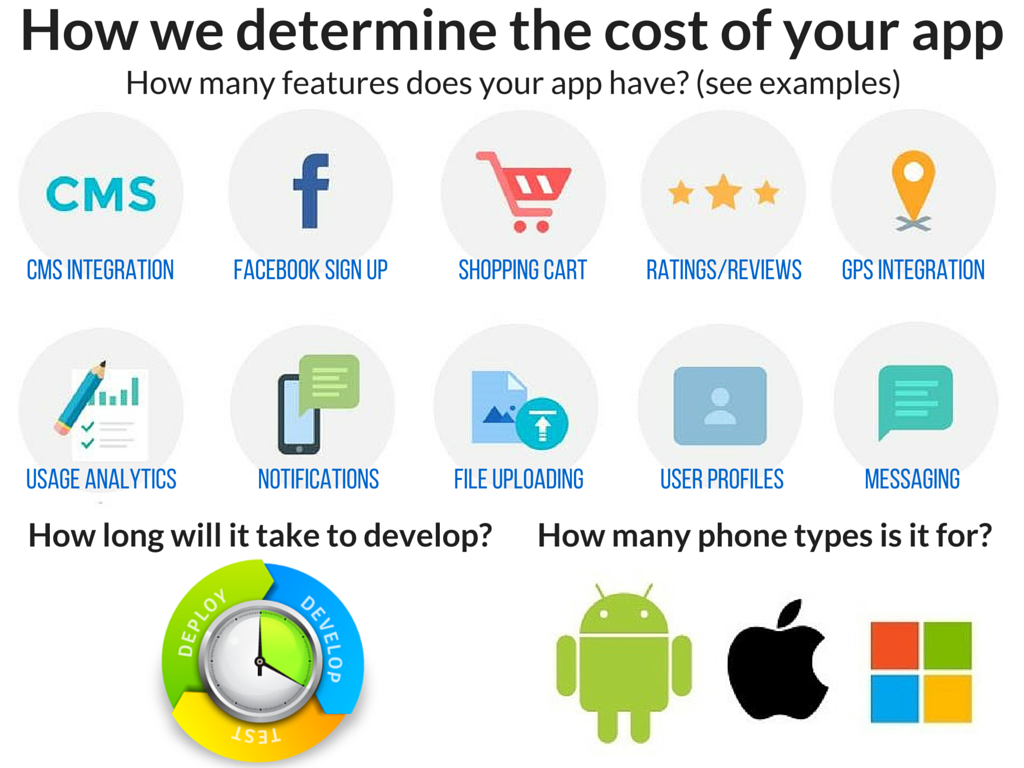
These factors have a direct impact on the cost of the project and must be duly reviewed to get started.
Your choice of the app development team
In some instances, the same single app idea may be quoted at different rates in the hands of different developers.
What causes this difference in cost?
The time allocated varies between developers based on the approach and attention to detail put into the project.
A professional app company with experienced designers and developers may have a higher rate, but knows what the best practices are and follows the latest design guidelines as recommended by Apple and Android.
Additionally, the location of the developer can often determine the rate of the developer. It is no secret that an offshore app developer with similar expertise and experience can cost significantly less than one in Australia. However, you need to be aware of all the challenges of offshore outsourcing and how to handle it.
On-going Costs
When you have reached the end of the road, there are some essential expenses yet to be fulfilled. These include,
- Server hosting costs: It is based on the number of users and amount of data handled.
- App Developer Accounts: This includes the 30% charged on any app sales and in-app purchases along with the yearly account costs and third party license costs.
- Marketing the app: Includes marketing and distribution costs, like branding, website, and online marketing based on your market goals.
- Maintenance costs: Includes on-going app maintenance costs, depending on how much you want to improve or change your app based on market feedback.
Got an idea? Are you app ready?
Download our “App Readiness Accelerator Kit”
Top Secret of Success: Billion Dollar Apps
Have you ever heard of Bourbon – wait, no, not that Bourbon, I mean Burbn, the mobile app. If you haven’t, don’t worry, you have plenty of company.
Most people don’t know that Instagram, who sold to Facebook for a billion dollars in 2012, started its life as an app called Burbn, which was basically a knock off of another hugely popular app called FourSquare. So how did Instagram go from a fairly anonymous copycat app in 2010, to become the billion dollar photo sharing app we all know and love, in just two short years? Their secret was the Pivot.
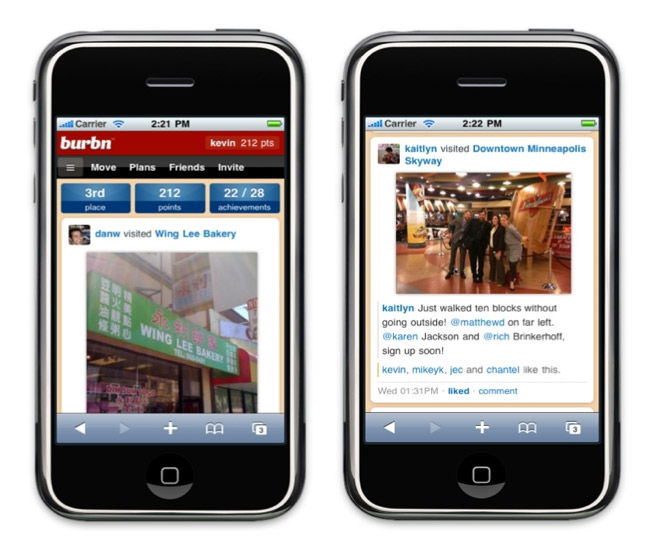
Pivoting is the concept of changing direction on your app’s original intention and evolving it rapidly based on what the users want. Not what you think the users want but what they actually use based on real data. The Pivot was one of Instagram’s biggest secrets on the road to their billion dollar success and it is now the mind set and approach utilised in Silicon Valley by some of world’s most successful apps.
So how do you Pivot? Let’s see what Burbn/Instagram did. Burbn was designed as a check-in app where users could check into different venues and share pictures of the events – but that focus was not getting the app much traction. The founders used analytics to see what was really happening. The founders used actual usage data to discover that the photo sharing feature was the most popular feature; Burbn users loved sharing their photos – but cared far less about any other the other features of the Burbn app. The founders then used this data to make a tough Pivot decision – they decided to cut back all the other features and focus on photo sharing exclusively. They studied all the photosharing apps available and made the newly rebranded, Instagram, the best photo sharing app on the market.
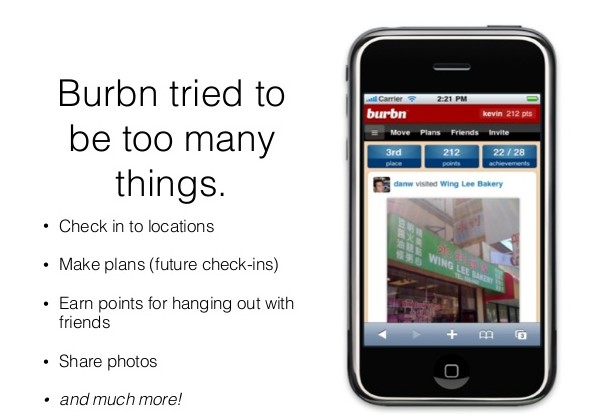
Another great example of a billion dollar Pivot comes from the popular instant messaging app, Whatsapp. Whatsapp originally was a status update app where users would share their status updates with all their contacts. The app didn’t really take off until they discovered their Pivot moment. You see, true ‘app-renuers’ are on a constant look out for their Pivot moment – that moment where they truly understand what their customers need – and for Whatsapp this meant looking at the data and how users were using their app. They noticed a trend. The status messages changed from status updates like ‘I am at the gym’ to messages like ‘how are you?’. They saw what users really wanted was the ability to send or push messages instantly to their contacts so they changed the app to an instant messenger app. We all know about the rapid growth story from there to being sold for $19 billion to Facebook.
So what is the Pivot secret formula?
There are some pretty simple steps:
Develop Your App Idea: your app must be in use with a user base. No app = no Pivot
Analytics: you must track what features are getting used most and then go deeper to understand how they are getting used
Search for your Pivot Moment: you need to be vigilant in looking for new trends or shift in usage of your app so you don’t miss your Pivot Moment when it arrives (keep in mind Pivots can reoccur in different forms so don’t think they only come along once in your app journey)
Strong Management: when your Pivot Moment arrives you need to be able to make the call to shift directions and articulate how you will shift directions based on the data you have acquired.
With the speed at which technology and target markets evolve, app entrepreneurs and marketers need to learn very quickly from the user behaviour and make decisions to take the app in the right direction. So if you have an app or are on your journey to developing the next game changing app, then remember the secret of the Pivot. Make use of mobile analytics tools, understand your users, analyse the data and be open to changing directions quickly – who knows, maybe yours could be the next billion dollar app.

If you’d like to share your app idea with one of our team members and discuss how you could roll out your app idea with this strategy in mind call us today on 1300 781 794
How to test your app idea before investing too much?
The difference between a good and a bad idea is only hairline thick. A good idea is bought while the rest sing their swan song much too early. If you think you a good app idea here is a list of questions you must ask yourself before investing much into it.
Is your idea completely unique?
With the number of apps out there, it is possible you are reinventing the wheel and if you are, you may find little demand for your app. To start with, find out if there are similar apps in the market. Search keywords related to your idea on Google and Apple app stores. As of March 2015, there are 1.43 million Android apps in the Google Play store and 1.21 million iOS apps in Apple App store. If you find your idea aligned to any one of these existing apps, be sure you have a unique spin to offer.
Is it the right time?
Timing is important for new ideas. A successful app launch is often aided by a particular event or season that propels the distribution of the app to a wide market. While planning and documenting plans for the project are crucial, make sure you do no miss out on the right time.
Have you researched your product demand?
Apps succeed because people need them. Many entrepreneurs and leaders get really excited about their idea, and they forget to ask real users to validate their assumptions. Not enough market demand or too much supply (competition) is the most common reason why ideas don’t take off. You need to analyse and understand your market really well.
Download our Market Analysis Template and get started with your idea today.
Need to meet with an app developer?
This month Appomate will be offering a 90-minute app exploration session for only $299 +GST.
This is the opportunity for businesses and entrepreneurs can sit down with an app development team and ask anything!
These workshops are completely confidential (mutual non-disclosure agreements must be agreed upon) and are aimed at helping you become app ready.
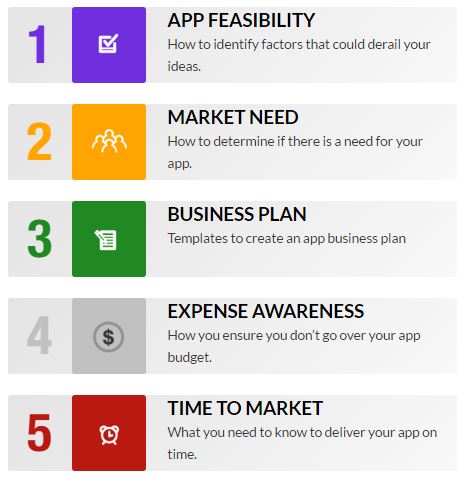
A range of topics will be covered which will help you to “flesh out” your idea, see what’s already available out there and determine what it will take to make your app idea a reality.
Our app exploration sessions are only offered free every 6 months so spots are limited.
This is due to the time limitations of our app development team (they usually have some app’s to develop), the workshops can be done face to face at our Melbourne or Sydney office (or via Skype).
Some of the apps we have developed have already made a big difference to numerous companies across Australia.
Have you heard about Safety Food Zone?
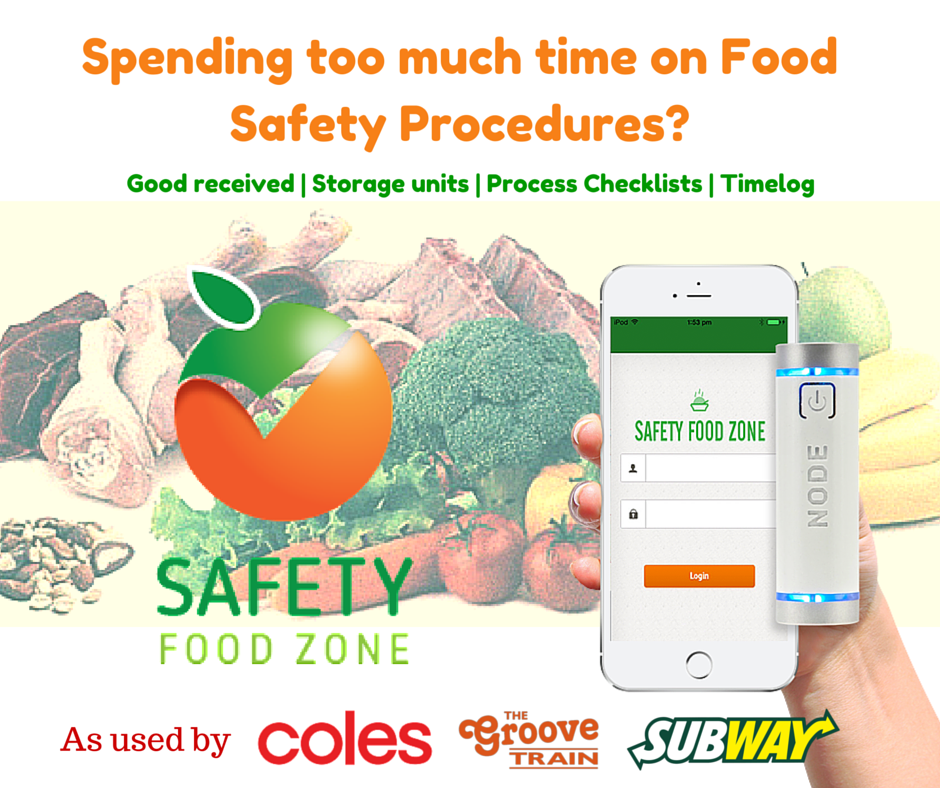
APP EXPLORATION SESSION OUTLINE
1. Share your app idea with an experienced app development team
2. Determine if the idea is viable – Are there apps out there that already do this task? are there many competitors?
3. Work with our business team to develop a “lean business model” including the best way to take an app to market.
4. Develop the basis for a Minimum Viable Product (MVP) of your app idea you can launch quickly and cheaper to enter the marketplace.
4. With a clear outline on your app and how it functions, we can give you a detailed quote on how much your app would cost if you wish to develop it from here.
This is a free workshop aimed at educating Melbourne businesses about app development.
For more details call 1300 781 794 to reserve your app exploration session today.
Date: Places Limited, Call for Time Availability
Address: 1 Queens Road, Melbourne 3004
